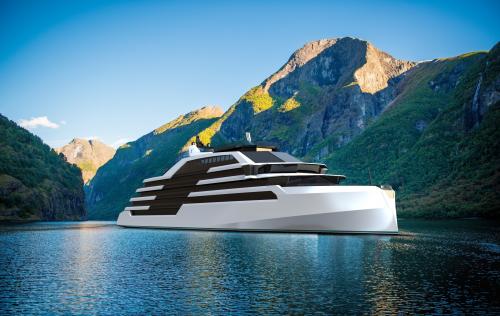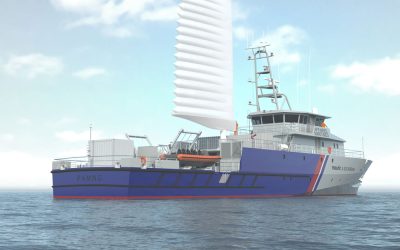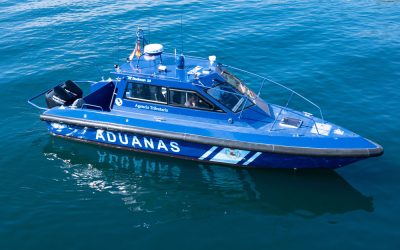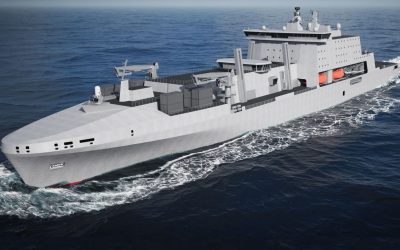Norway has long been an innovator in renewable energy. The Nordic country has been harvesting energy from the myriad of rivers that cascade into its famous fjords since the 19th century and the nation now utilises more eco-friendly hydropower than any other country. It is also a front runner in the charge to clean up the maritime industry, with ambitious plans for greener shipping. Where better, then, to launch a new kind of cruise ship experience, one that is not only emissions-free, but also sustainable.
“I think we are at that stage in the cruise industry where we have to take that step ahead and not just look back to what we have done in the past. We really have to take responsibility for the environment and we have to be more accountable for what we are doing. In Norway we are set up to do this,” Rolf André Sandvik, founder and CEO at Norwegian start-up Northern Xplorer, tells The Naval Architect.
For Sandvik, that step ahead involves bringing “experience tourism” to the cruise forefront under the slogan ‘Destination Discovery’. “A new type of cruising providing immersive, enriching experiences for those interested in responsible travel with a minimal footprint,” he explains.
Sandvik adds that regulations are increasingly reflecting these priorities, with zero-emission requirements for the Norwegian World Heritage fjords set to take effect in 2026, and limits on the number of calls and passengers allowed ashore soon to be enacted in many locations around the world.
The next step
“Northern Xplorer represents the next step of my own journey to green the waterborne tourist industry,” he says. “We want to walk the talk on green maritime innovation. Scaling up what we seeded at The Fjords to sustainable cruising on brand-new vessels compliant with the strictest global regulations is, I believe, the best way to show discerning visitors the amazing nature and breadth of culture we have up here in Northern Europe.”
Switching to smaller vessels, Northern Xplorer’s cruise ship concept will feature fully electric propulsion, battery energy storage, hydrogen fuel cell technology and auxiliary renewable energy supply (wind and solar power), as well as being performance-optimised for maximum energy efficiency. State-of-the-art HVAC systems will safeguard against pathogen spread while extensive use of recyclable materials will promote circularity. They will also feature advanced LiDAR technology to detect marine plastic debris and raise awareness of marine pollution.
To further reduce the carbon footprint, onshore power for charging batteries will largely come from renewable hydropower.
The company’s current plan is to have a series of 14 identical ships accommodating 250 to 300 passengers in 125 to 150 cabins served by up to 100 crew. The first is planned to be operational from 2024/2025. The 130m-long, 22m-beam design, which features a hull designed for optimal stability and performance through water, has been undertaken by Norwegian ship design company Multi Maritime. A specialist in offshore vessels, trawlers and ferries, Multi Maritime had never designed a cruise ship before.
“We wanted to challenge the industry and move forward,” says Sandvik. “If we had gone to any of the renowned cruise companies, they have a set of standard solutions that they think is the law – it has to be like this. So we went to someone who built ferries, fishing boats and oil tankers.
“It was a tough process to begin with because they also have their set way of thinking. The first renders looked like ferries with more cabins on. The second looked like a fishing boat with some cabins. It was a tug of war, but then they came back with the current design which is sleek and modern and also signals that this is something different. It’s not a traditional cruise ship.”
The ships’ interiors will be a contemporary Nordic design. “Cool and airy in the summer and cosey and warm in the winter. Guests will feel instantly at home,” says Sandvik, adding that emphasis has been put on high-comfort and five-star luxury for maximum enjoyment of the Nordic scenery.
For the full article please see the June 2022 edition of The Naval Architect.




